How to store 18650 batteries safely November 15 2015, 13 Comments
Automated warehouse for small electronic parts
What is the best way to store an 18650 battery?
In this blog post, rather than do my own testing - I will rely on the specification sheets provided by Panasonic, Samsung, and LG. We'll look at the storing section of these spec sheets, and break down the important factors and what they mean. Scroll to the end, the overview, to get to the conclusions of the post quickly.
A Panasonic NCR18650B 18650 cell
Storing the Panasonic 18650 B
From the 18650 B specification sheet
| Storing Conditions | less than 1 month | -20 ~ +50°C | Percentage of recoverable capacity 80%* |
| less than 3 months | -20 ~ +40°C | ||
| less than 1 year | -20 ~ +20°C |
*= (Discharging time after storage / Initial discharging time) *100
The discharging time is measured by the discharge current of 0.65A until 2.5V of end voltage after the battery is fully charged at 25°C.
What does it mean?
There are three rows, each with different storage conditions. Note the second and third column are locked in place by the fourth. Each row represents recovering 80% of the battery's usable capacity. Since the rated capacity of the NCR18650B is 3200 mAh, this 80% represents 2560 mAh after storage.
- If you are storing an 18650 battery for less than a month, you may store it in an environment as hot as 50°C and be able to recover 2560 mAh.
- If you are storing an 18650 battery for less than 3 months, you may store it in an environment as hot as 40°C and be able to recover 2560 mAh.
- If you are storing an 18650 battery for less than 1 year, you may store it in an environment as hot as 20°C and be able to recover 2560 mAh.
In the last case, storing for one year with a 20% drop in capacity translates to 1.6% loss of capacity per month, or 53 mAh.
In the first case (storing at high temperatures for less than one month) translates to a loss of 21 mAh per day.
Storage temperature and conditions
We can see from the above 3 items, it is temperature as the main factor determining the resulting capacity after storage, and ultimately how long you can store your battery for.
18650 batteries can be stored at very low temperatures, but high temperatures degrade them quickly. Rule of thumb: They must always be stored at less than 60°C.
Lithium-ion batteries, in most cases must maintain a voltage above 2.5V before they start to break down and decompose. Therefore, for long-term storage it is best to "top-up" your batteries when their voltage drops too low.
- Note 1: When receiving new cells, the manufacture will ship them at a 40% charge. However, it is very likely this will soon be set at 30% as airline safety regulations demand safer transport, and less charge is safer.
- Note 2: In these tests, Panasonic fully charged the batteries at 25°C, up to 4.2V. However, for long-term storage it is recommended not to store at a full charge, but to seek a lower voltage (more on that ahead).
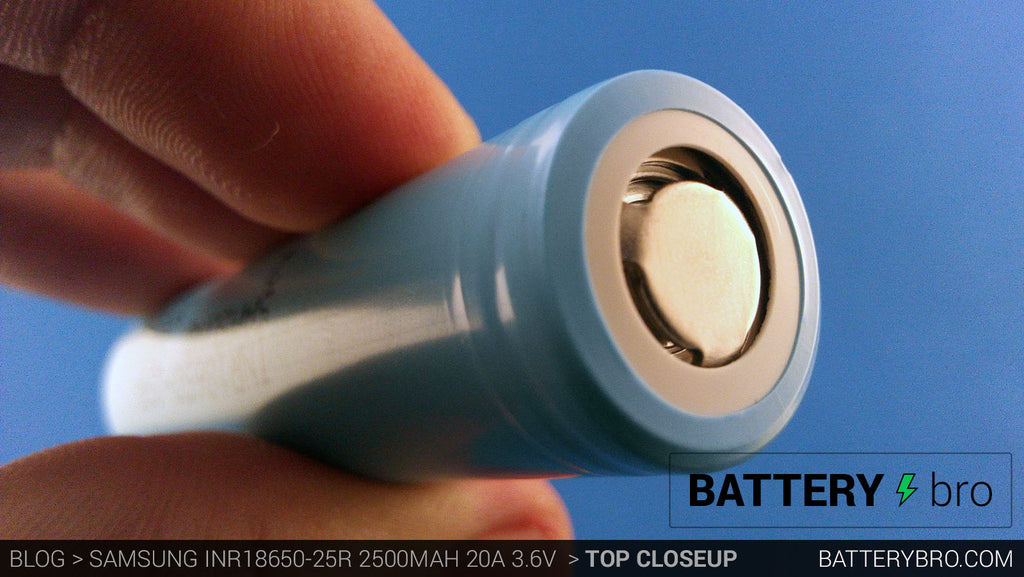
A close-up of the 25R top cap (positive terminal)
Storing the Samsung 25R
From the 25R specification sheet
| Storing Conditions | less than 1 month | -30 ~ +60°C | Percentage of recoverable capacity 90% |
| less than 3 months | -30 ~ +45°C | ||
| less than 1.5 year | -30 ~ +25°C |
Differences between the Samsung 25R and Panasonic 18650B
The Samsung 25R performs better during storage on all fronts. Across the board, the 25R can store at ten degrees lower than the 18650B. As well, the difference in higher temperatures, in favor of the 25R from 1 month, 3 months, to 1.5 years, is +10°C, +5°C, +5°C.
Most importantly, this 18650 battery can be stored a full six months longer and retain 90% capacity (10% more than the NCR18650B).
The optimal storing voltage
The 25R spec sheet notes that for long-term storage, the voltage should, rather than be fully charged, set at a lower, more optimal voltage. This is to prevent the degrading of performance characteristics. In the case of the 25R, the recommended voltage is 50 ± 5% of its standard (4.2V) charged state.
- This works out to be a range between 3.64V and 3.71V
Other batteries have different ranges, but most are close to ~50% voltage which is usually around ~3.7V.
Storing 18650 batteries overview
From the LG 18650 HE2 specification sheet
| Storing Conditions | less than 1 month | -20 ~ +60°C | Percentage of recoverable capacity 90% |
| less than 3 months | -20 ~ +45°C | ||
| less than 1 year | -20 ~ +25°C |
Overview
It is good to reference at least three batteries, and off the blog I have checked more. All 18650 batteries researched need a storage range of between -20 ~ +50°C (-4°F ~ + 122°F) or they will degrade, so this is a good rule of thumb to use.
Also keep in mind the maximum temperature for storage should never exceed +60°C (140°F). It is better to store in a cold environment, than a hot one.
Optimally, a good storage temperature should be closer to 25°C (77°F) or a somewhat lower. The closer you are to an optimal temperature, the longer you will be able to store your batteries without "topping up" and recharging them.
For the most part, the maximum time for 18650 storage before recharge is about one year.
If you are intending long term 18650 storage, a storage charge closer to 50% of usable capacity (~3.7V) rather than 100% (4.2V) will prevent faster battery degradation.
Frequently asked questions and notes
What happens if I don't store my 18650 batteries correctly?
It will cause a loss of performance and your cells may leak and/or rust, and ultimately become unusable. Cells becoming unstable enough and exploding in storage is a possibility. In the worst case - explosion - it is not clear why this sometimes happens but it could be due to static, pressure, temperature, or packing incorrectly (allowing metal objects or batteries to touch).
Notes
- For very short-term storage, don't store the battery in a pocket or a bag together with metallic objects such as keys, necklaces, hairpins, coins, or screws when you are travelling.
- Remove the battery from its application before storing it. For example, from your e-cigarette, flashlight, or electric bike. You should optimally store the batteries in a fire-proof container, with optimal environmental conditions.
- Do not store 18650 batteries in or near objects that will produce a static electric charge.
- Quick pressure changes can also cause 18650 batteries to malfunction

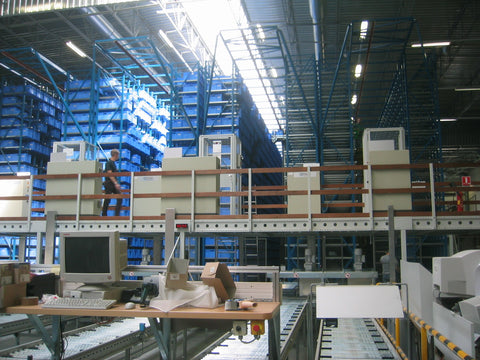

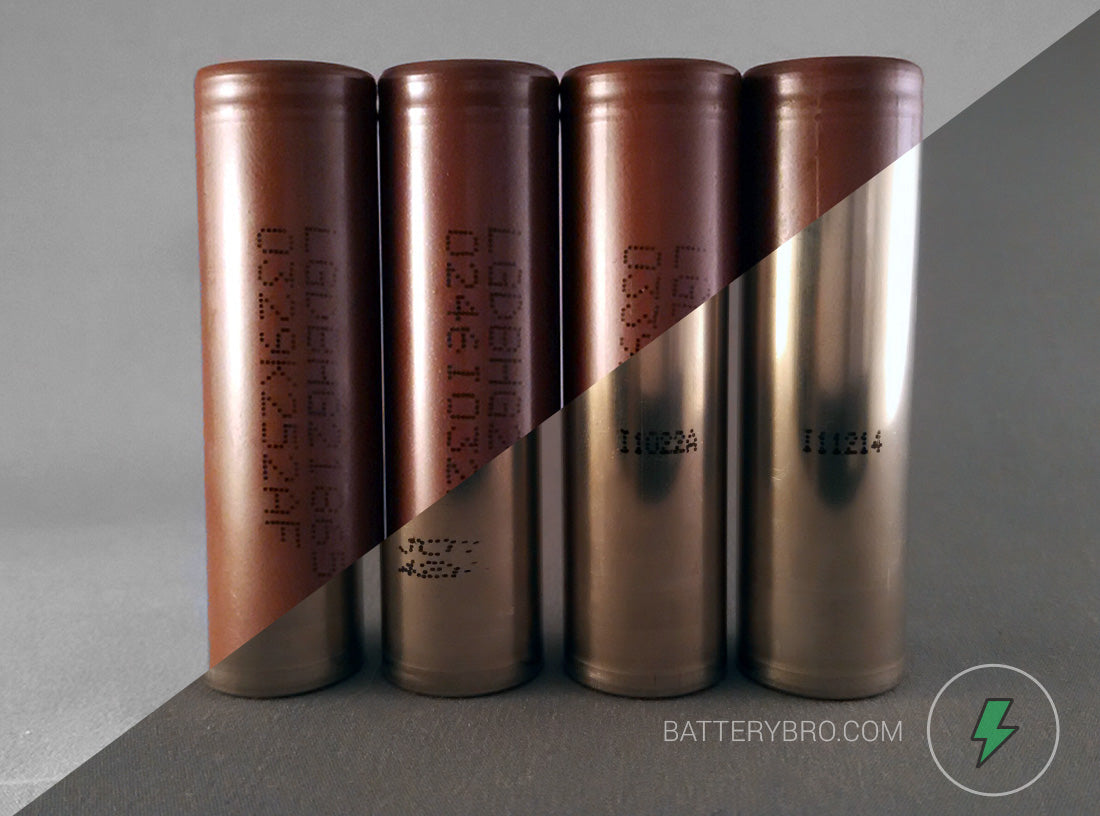

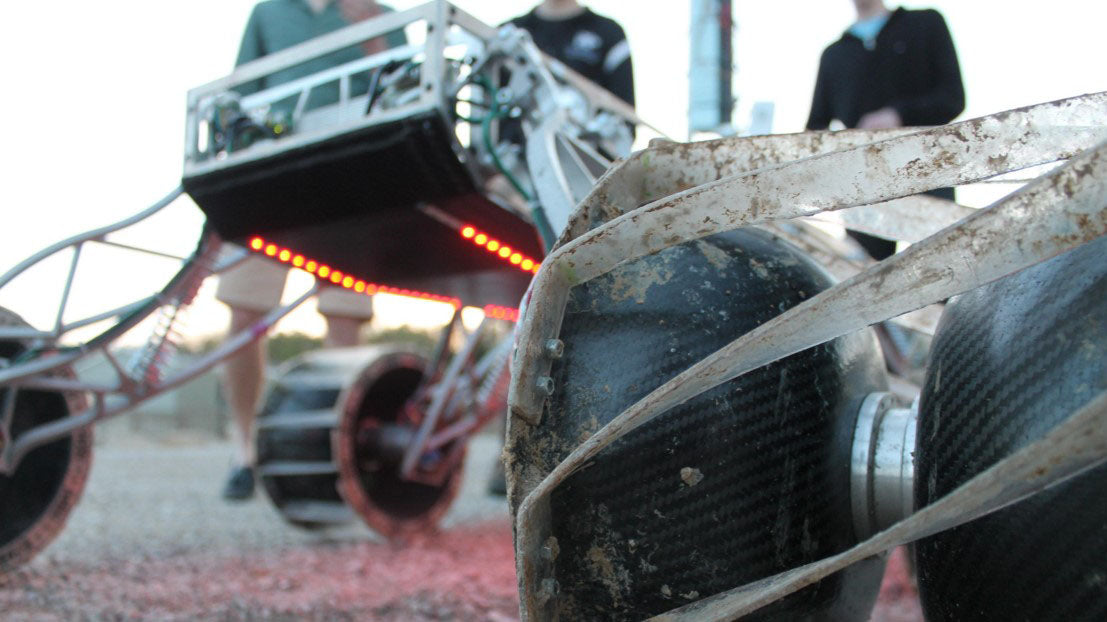


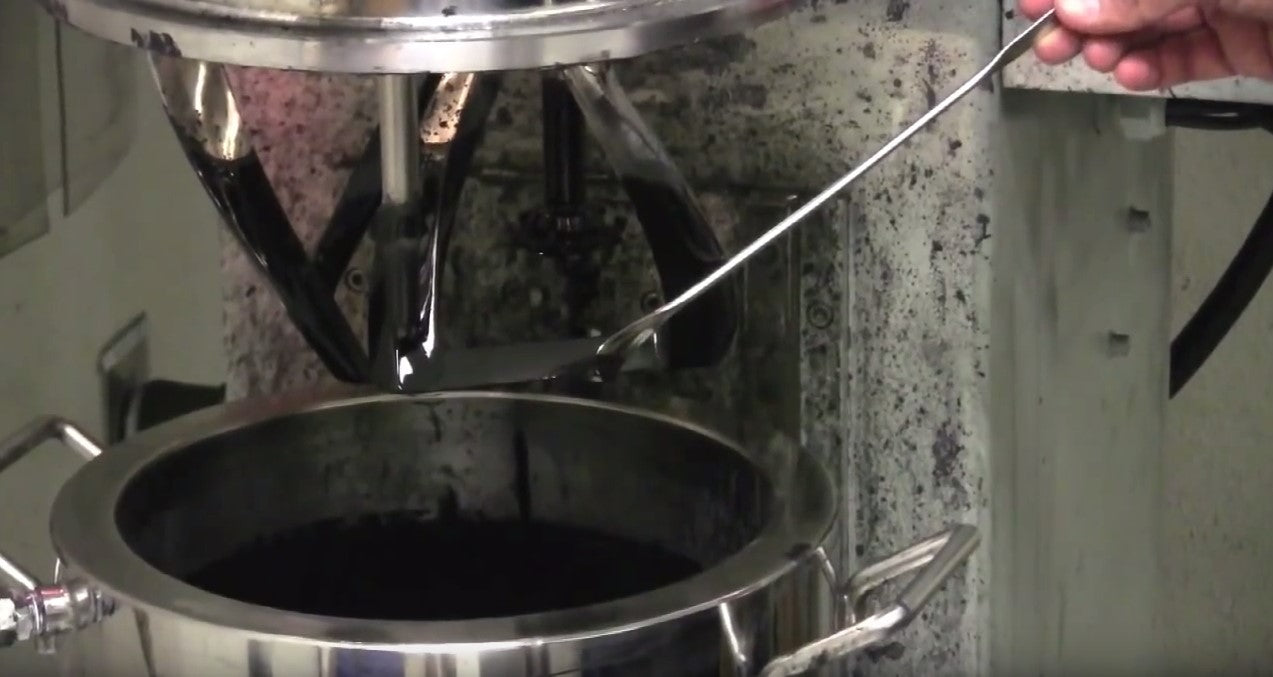
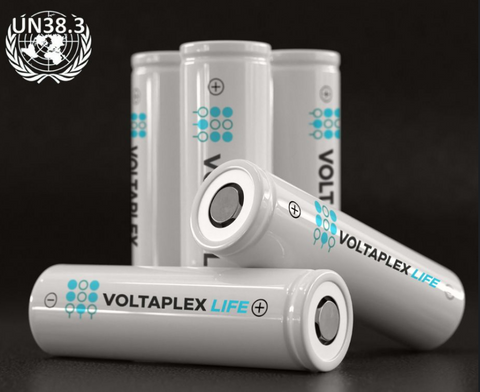
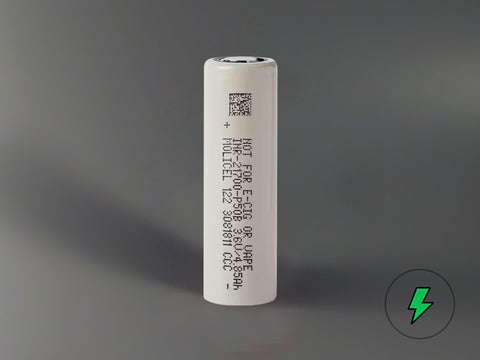
Comments
Temu Vaetoru on August 17 2020 at 11:43AM
When storing 18650 Li Ion Batteries would it make a difference whether it’s Standing Up or lying down in its Storage Case ?
Isidro Marfori on September 20 2019 at 02:16AM
I have Panasonic 18650b from battery bro that’s been in storage for 5 years. Can I still use it?
Robert Zegarac on August 14 2019 at 01:13AM
Battery university is (imo) best resource for this, and looks like state of charge makes big difference when storing battery as significant as storage temperature…
https://batteryuniversity.com/learn/article/how_to_prolong_lithium_based_batteries
simple on August 14 2019 at 01:13AM
use common sense ,, if empty charge if not want to charge/function well,discard dont shortcircuit dont over charge dont pull battery full capacity to prevent damage the active region usable power from 4.2 to 3.7 is not a whole lot but is keeping the amp’s rating stable ( if below 3.xv cells degrade by internal chemistry results in loss of mah if cells have reached 0.01v it will die the amps bit by bit like nibbling a cracker in the end there is nothing left to eat
John Fiott on June 01 2019 at 05:41AM
I have 2 × 18640 batteries that were supplied with my laser pointer and recently bought a few more for a project.
Never had any trouble with them, and rarely use them, but recently have become more cautious of the dangers involved especially as I have a few battery packs too.
Thus I bought a BAT-SAFE storage box. Its a fire-proof metal box with filters for letting out gases and presumably is a safe place to store Li-Po batteries. Not sure how safe it is but must surely be better then the pouches one often finds advertised as fire-proof. The box seals tightly and to be honest I just have 2 concerns; 1. its a bit small inside and 2. if one puts all Li-Po batteries in the one box and one catches fire, will they all do so? The box cost me 60 Euros but there is no price one can put on peace of mind so I think it is worth it. Incidentally one can also charge batteries inside the box.
Just wanted to share as it might be useful for someone out there.
Marc on September 07 2018 at 08:25AM
"" Do not store 18650 batteries in or near objects that will produce a static electric charge.""
Presumably the many 1000’s of volts involved with static charges could possibly overcharge the battery?
"" Quick pressure changes can also cause 18650 batteries to malfunction ""
The internal pressure of a lithium cell can actually reach hundreds of PSI before the safety valve vents out gas so I presume “quick pressure changes” possibly means a sudden cabin depressurisation while in outer space (15 PSI) ?.
Tom Brantley on June 09 2017 at 02:39PM
How is the percentage of charge calculated?
I see that 50% = 3.64-3.71 but what is 100% and what is 0%?
Thank You
Michael on March 18 2017 at 04:31PM
I put my 18650 Batteries in my freezer. Seems to work ok.
Nikolaos Markos on February 10 2017 at 05:04AM
Hi, what is the best way to transfer 2 LG 18650 HE2 batteries in an airplane? Thanks.
Vincent Gfeller on August 26 2016 at 08:11AM
Putting the 18650 in the freezer for long storage (below zero, say, -26[°C]), would this:
- Allow to store it longer and keeping the charge and capacity?
- Damage it?
- Would it discharge it but allow it to be reloaded?
Thank for your help.
Vincent
Luke lee on June 24 2016 at 03:08PM
Hi, hope you can give me some lesson on those 18650 battery. Laughing on myself that I just starting of collecting flashlight and bought dozen of battery as also part of my collection. Now that after doing some research and release these battery had life span on it. I mostly bought those 18650b 3400 mah Panasonic battery, nitecore 3400 mah battery which release on the later part after research that those nitecore was rewrap using Panasonic battery.
Hope you can give me lesson on how to store and prolong those battery if I wanted to store about 6-12 months?
Best regards
Luke Lee
Anton on February 14 2016 at 03:20AM
@david dunn
Try to store them in a temperature-controlled environment. Depending on the quantity of 18650 batteries for storage you may consider a storage box. Storage boxes will prevent the spread of fire if any of your batteries malfunction. Make sure your storage environment does not exceed 140 degree F. Try to keep it cooler, rather than hotter.
If you are storing for just a few months topping them up (eg. adding charge) is usually not necessary.
Store them between 3.64V and 3.71V if you will top up. If not, consider storing them with a higher charge to accommodate for discharge.
For maximum safety, check their voltage once per month and make sure it does not dip below 3.2V or so.
Best,
david dunn on February 13 2016 at 05:51AM
.How do i store them in summer when I’m not using them my friend said not fully charged another said anotherPanasonic 3.7V 3400mAh Lithium Ion Rechargeable Unprotected Battery with Storage Box (Pack